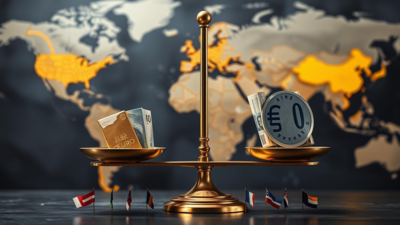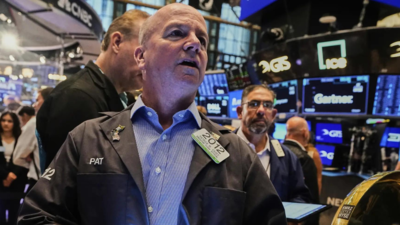Global central banks managing around $5 trillion in reserves are preparing to reduce their reliance on the US dollar, turning instead to gold, the euro and China’s yuan, according to a survey by the Official Monetary and Financial Institutions Forum (OMFIF).The OMFIF survey, conducted between March and May across 75 central banks, found that a net 33% of reserve managers plan to increase their gold holdings over the next one to two years—the highest reading in at least five years.“After years of record-high central bank gold purchases, reserve managers are doubling down on the precious metal,” OMFIF stated, as quoted by Reuters.The shift comes in the wake of US President Donald Trump’s sweeping April 2 “Liberation Day” tariffs, which triggered market turmoil and weakened the dollar’s safe-haven appeal. As per the survey, 70% of central banks said the US political environment was discouraging them from investing in the greenback, more than double the share from a year ago.The dollar, which topped last year’s currency preference list, fell to seventh place in the 2025 rankings. Meanwhile, a net 16% of central banks plan to increase euro holdings over the next 12–24 months, followed by the yuan. Over a decade, the yuan’s share of global reserves is expected to triple to 6%, with a net 30% of central banks planning to raise their exposure.Reserve managers also expressed optimism about the euro regaining ground lost since the 2011 sovereign debt crisis. Citing improved sentiment, three sources familiar with central bank strategy told Reuters that the euro could recover to a 25% reserve share by 2030, from around 20% now.UBS Asset Management’s Max Castelli said many central banks reached out after Trump’s tariff announcement to ask if the dollar’s haven status was in question. “As far as I remember, this question has never been asked before—not even during the 2008 financial crisis,” Castelli told Reuters.The average projected share of the dollar in global FX reserves by 2035 was 52%, down from its current 58%, according to the OMFIF survey.Harvard professor and former IMF chief economist Kenneth Rogoff told Reuters via email, “The euro’s share of global reserves will almost surely rise over the next few years, not so much because Europe is viewed more favourably, but because the dollar’s status is diminished.”Bernard Altschuler, global head of central bank coverage at HSBC, said the euro is the “only real alternative currency” to the dollar at present and added that a 25% reserve share is realistic within 2–3 years, provided the EU expands its bond markets and integrates capital markets more deeply.Francesco Papadia, senior fellow at think tank Bruegel and former ECB market operations chief, also told Reuters that reserve managers are increasingly open to holding more euros. Zhou Xiaochuan, former governor of the People’s Bank of China, added that the euro’s reserve status can grow but noted Europe still has “homework to do”.Europe’s efforts to reduce US dependence—such as higher joint defence spending and capital market reforms—could accelerate the currency shift. Public pension and sovereign wealth funds surveyed also rated Germany as the most attractive developed market for investments.The Reuters report also noted that the dollar’s declining appeal is being closely watched by policymakers amid the broader reshaping of global trade, financial flows and geopolitical alignments.






